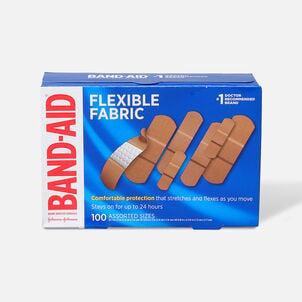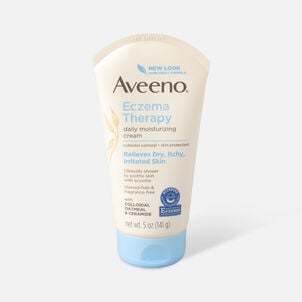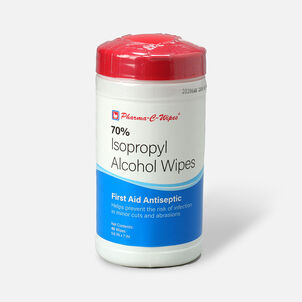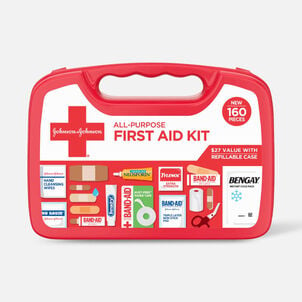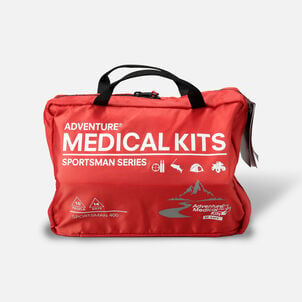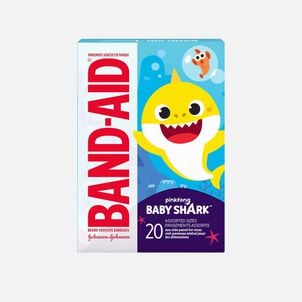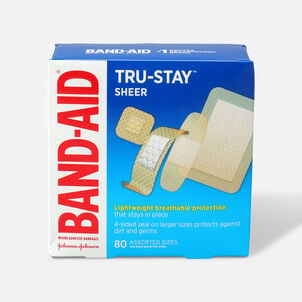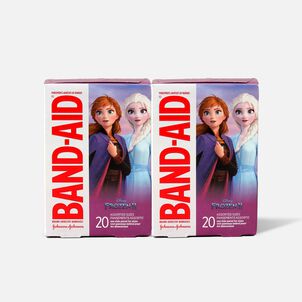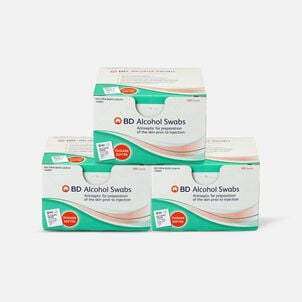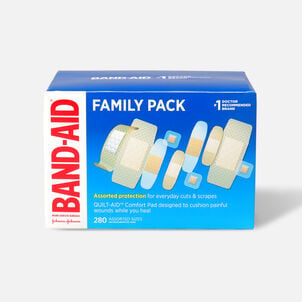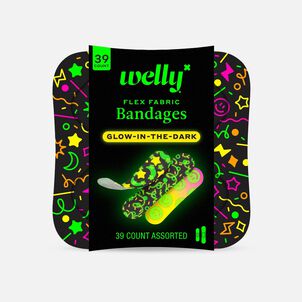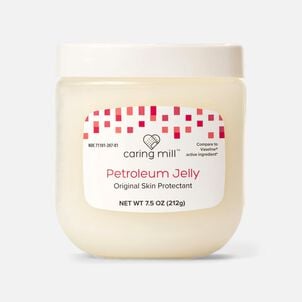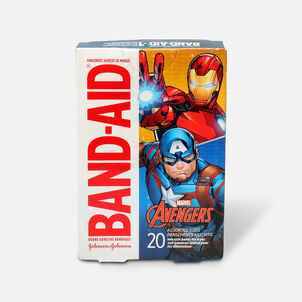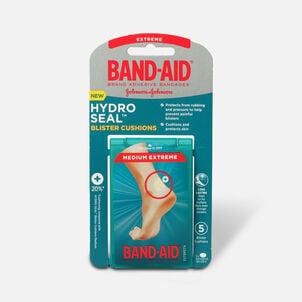The Complete FSA Eligibility List
Here it is — the most-comprehensive eligibility list available on the web. From A to Z, items and services deemed eligible for tax-free spending with your Flexible Spending Account (FSA), Health Savings Account (HSA), Health Reimbursement Arrangement (HRA) and more will be here, complete with details and requirements. Important Reminder: FSAs, HRAs and other account types listed may not all be the same. Be sure to check with your administrator to confirm if something is eligible before making a purchase.
Here it is — the most-comprehensive eligibility list available on the web. From A to Z, items and services deemed eligible for tax-free spending with your Flexible Spending Account (FSA), Health Savings Account (HSA), Health Reimbursement Arrangement (HRA) and more will be here, complete with details and requirements. Important Reminder: FSAs, HRAs and other account types listed may not all be the same. Be sure to check with your administrator to confirm if something is eligible before making a purchase.
Bandage Clips: FSA Eligibility
Bandage Clips: eligible with a Flexible Spending Account (FSA)FSA Eligible First Aid
No prescription required.
Under IRS ' 213(d)(1), "medical care includes amounts paid for the diagnosis, cure, mitigation, treatment, or prevention of disease, or for the purpose of affecting any structure or function of the body." This includes medical equipment, supplies and devices.
How are bandage clips used?
In the event of an injury to a muscle, joint or tendon, elastic bandages are among the most common forms of treatment to immobilize the affected area to prevent re-injury, as well as providing compression therapy to decrease pain and swelling. These bandages typically consist of long pieces of fabric that are wrapped around the injured area, and while some utilize adhesives to stay in place, bandage clips are tried-and-true methods to ensure that elastic bandages are effective (Drugs.com).
Traditionally, safety pins were the most commonly used methods of securing elastic bandages. While they were effective in doing so, they had the unfortunate side effect of piercing the skin if the wearers moved in a specific way. Thus, bandage clips were created as a means of replacing the traditional safety pin and allowing it to be worn for a longer period of time before requiring re-wrapping.
These bandage clips are typically made out of metal or plastic, and feature small "teeth" that can weave into the fabric of an elastic bandage and hold it in place. Quite possibly the biggest advantage of bandage clips is the patient's ability to use them without assistance. Safety pins typically required a steady hand and prior experience to work effectively, while bandage clips can be applied without assistance. Lastly, plastic bandage clips hold the unique ability to be used in an X-ray machine, which prevents time-consuming unwrapping and re-wrapping of the affected area.



